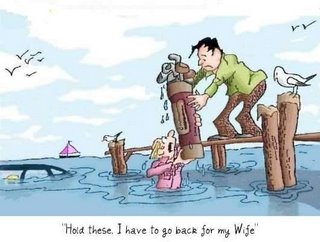
understanding of why certain individual fundamentals on the course
are working for you, and why others aren't. In short, you have to
understand the working components of your swing. Secondly, you
need to understand what corrections or adjustments could be made in
order to attain success.
with a straight spine and back angle is an important fundamental
that we teach, and something that is literally the glue of our
swing theory. Whether you are 5 yards form the green or teeing
off, playing with a straight spine and back will ensure that you
swing on a consistent plane every time you set over the golf ball.
The following are reasons why a straight back is essential for you
to see success out on the course:
- Allows for the club to travel on a consistent plane
- This is essential in golf. If you are hunched over (golfers that
are hunched over at the ball usually are not aware) your swing
plane is consistently changing due the level that your body is over
the ball. This leads to many inconsistent shots (Especially from
around the green).
- Minimizes hitting behind the ball or hitting the ball thin
This is a big problem for most golfers. If you haven't played for
weeks and you find yourself not making solid contact, the 1st
fundamental that should go through your mind is: "Is my back
straight at set-up and throughout the shot"?
about the golf swing. If you look at the tour pros they always
have a straight spine angle and back at set-up and throughout their
swing. Whether you are on the tee, fairway, around the green, or
even on the green - having a straight spine and back angle is
extremely important. Having a straight back and spine angle is
especially important from around the green when pitching and
chipping!
very strange, because you've never played that way. But trust me,
maintaining a straight spine throughout the swing will do wonders
for your consistency. It also leads to better impact with the
ball. Next time you watch the tour players on TV, make sure to
check out how straight their back is at setup.
factors in golf that you can't control. For example: course
conditions, weather, and course difficulty. However, one aspect of
your golf swing that can be constant and unchanging is your spine
angle at set-up. So play golf this way and you will begin to
develop consistency and confidence.
JJ
David Nevogt writes golf instruction material that helps golfers of all levels reach their full potential and lower their scores. David is the author of "The Simple Golf Swing" which guarantees to have you shooting 7 strokes lower in only 1 week from today.





